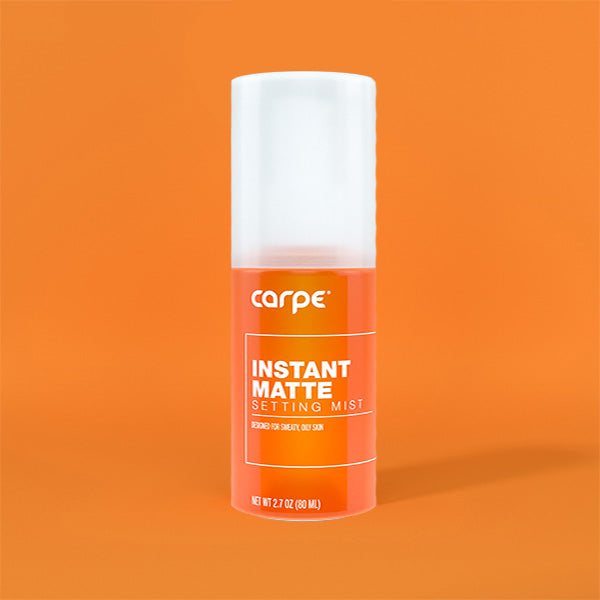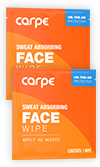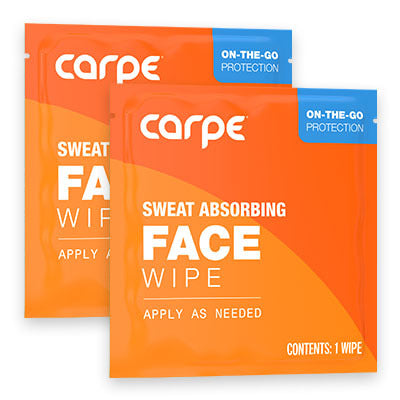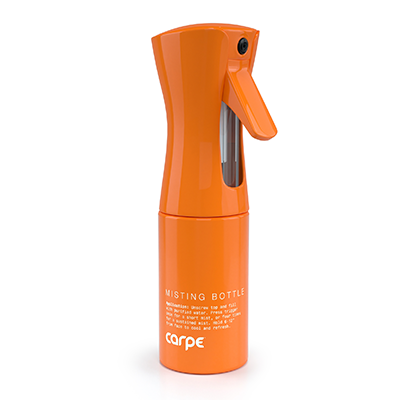Hyperhidrosis and anxiety go hand in hand, one is often both the cause and result of the other. However, it needs to be understood that a mental disorder does not cause hyperhidrosis, rather anxiety produces worsened symptoms of the disease in people that already have it. Historically, hyperhidrosis was actually thought to be a psychiatric condition, but that has been proven to be untrue.[1] Anxiety is often a cause of excessive sweating in those with hyperhidrosis but it is not the only reason it occurs. It is important to understand that anxiety is a symptom of hyperhidrosis because of the uncomfortable experiences the disease produces. Hyperhidrosis is not dangerous, but the anxiety and stress that can result from it are detrimental if they are not treated.
Ways Hyperhidrosis Causes Anxiety
Hyperhidrosis has a profound impact on a patient’s quality of life. In some cases, it is a specific situation like public speaking, that will worsen hyperhidrosis symptoms, but often, daily situations produce the most anxiety for those suffering. Here are some ways in which hyperhidrosis impacts quality of life and creates anxiety for those affected:
- It creates a feeling of social stigmatization that causes sufferers to feel isolated and, therefore, anxious about social interactions. For example, a person suffering from palmar hyperhidrosis may find it anxiety-producing to shake hands because of sweaty palms.
- It can cause anxiety about intimate relationships as patients may worry that their significant other may find them unattractive or unclean.
- Worries surface in relation to personal hygiene. It creates anxiety when a person feels that they cannot stay clean or must perform daily hygiene routines constantly throughout the day.
- Self-esteem is often low in hyperhidrosis patients, which creates feelings of anxiety and inadequacy.
- Professional success and performance are often hindered by either the condition, or often, the anxiety perpetuated by the condition.
These are just some of the ways that hyperhidrosis can cause anxiety and lower the quality of life for those suffering.[2] Fortunately, there are various ways of managing sweat and certain specific treatments that have been shown to greatly reduce the anxiety produced by hyperhidrosis.
How to Deal with Anxiety Caused by Hyperhidrosis
There are several non-medical ways to manage the symptoms of both hyperhidrosis and anxiety. Often, by decreasing the stress caused by hyperhidrosis on a daily basis patients can greatly reduce psychological symptoms. In some cases, the use of relaxation techniques, like deep breathing exercises, meditation and yoga can be greatly beneficial. Anxiety reduction methods can lessen excessive sweating if practiced on a regular basis. This is because hyperhidrosis is thought to be caused by an overactive sympathetic nervous system, so calming the nervous system down also reduces sweat production. These practices do not entirely eliminate symptoms of hyperhidrosis but can help to manage the distress caused by its symptoms, which can range from uncomfortably clammy hands and feet to a person not wanting to go to social events due to fear of social embarassment. In many cases, the most effective way to decrease significant anxiety caused by hyperhidrosis is to treat the actual condition. This often means managing hyperhidrosis with a doctor. There are some at-home management options like iontophoresis and OTC topical treatments that patients can try prior to visiting a doctor if they prefer. However, these treatments may not provide enough relief for a patient suffering from both severe hyperhidrosis and anxiety.
Medical Treatment Options for Hyperhidrosis to Decrease Anxiety
Increased anxiety is especially prevalent among those who have primary focal hyperhidrosis.[2] These are people who typically begin noticing symptoms during adolescence and who often have sweating on specific areas of the body. It is especially common to find anxiety in patients who have palmar and plantar hyperhidrosis[3]. Therefore, treatment for sweaty hands and treatment for sweaty feet are particularly effective in reducing anxiety symptoms. The most effective and well-studied methods which have been shown to reduce anxiety are surgical treatments for primary focal hyperhidrosis. These procedures include botox treatments for palmar, plantar and axillary hyperhidrosis as well as a surgical procedure called endoscopic thoracic sympathectomy (ETS). Both treatments reduce sweating to specific areas of the body and thus greatly reduce the amount of anxiety for those suffering. Patients should be weary of a surgical procedure called endoscopic lumbar sympathectomy as it has been shown to have potentiall serious and detrimental side effects. Patients should also be aware that endoscopic thoracic sympathectomy surgery also carries a high risk of ceratin side effects, like compensatory sweating, that can be difficult to handle. Most doctors maintain the idea that endocopic thoracic sympathectomy is still a safe treatment, despite some of the risks.[1][1]
There is also the option to treat hyperhidrosis with oral medications, specifically anticholinergic drugs like glycopyrrolate or oxybutynin, which can reduce sweating and thus anxiety. This has more recently been shown as a treatment which can potentially reduce anxiety, although surgical treatments are more commonly associated with improvements.[2] Of course, psychiatric medications can always be used to treat anxiety if needed, but if anxiety is specifically caused by the symptoms of hyperhidrosis then it makes sense to first treat the hyperhidrosis. If a patient decides to use psychiatric medications to manage their anxiety, they should be aware that benzodiazepines, which are used to treat acute anxiety, can be habit forming and have a sedating effect.
If a patients is suffering anxiety due to hyperhidrosis, and more conservative measures have not improved symptoms, then managing hyperhidrosis with a doctor is an important, and often life-changing, next step.
How Hyperhidrosis and Anxiety Have Been Studied
There have been several studies examining the relationship between anxiety, stress and hyperhidrosis. Although there have been some mixed results concerning which areas of sweating are most stress-producing (palmar, plantar or axillary) most studies show a correlation between anxiety and hyperhidrosis. One study, used both psychological evaluations (Beck Depression Inventory and Trier Inventory of Chronic Stress) and measured stress hormone levels to see if there was a cause between stress and hyperhidrosis. The cortisol levels remained similar to the control group but the hyperhidrosis patients reported higher levels of stress and depression.[4] There are many other assessments used to determine the quality of life for those suffering from hyperhidrosis including the Dermatology Quality of Life Index, Hyperhidrosis Impact Questionnaire, Skindex and more.[2] These tools are can be used by either researchers or doctors to determine how and to what extent patients are suffering psychologically from hyperhidrosis. Due to the fact that there is a strong correlation between excessive sweating and stress, some people suffer from stress sweating, or sweating that is greatly worsened when a person is in an acutely stressful situation.
It makes sense that hyperhidrosis, stress and anxiety are so closely related as the symptoms of hyperhidrosis cause both physical, social and emotional discomfort.[2] However, there are many available solutions and ways to manage the condition so that patients feel better and experience an improved quality of life.
Sources
- Ruchinskas, R. (2007). Hyperhidrosis and Anxiety: Chicken or Egg? Dermatology, 195-196. doi:10.1159/000099581
- Pariser, D. M. (2014). Hyperhidrosis (4th ed., Vol. 32). Philadelphia, PA: Elsevier.
- Ghorpade, V. (2009). Idiopathic unilateral focal hyperhidrosis with social anxiety disorder. Indian Journal of Psychiatry, 51(3), 214-215. doi:10.4103/0019-5545.55094
- Gross, K. M., Andrea, B., Schneider, K. K., Schulz, A., & Meyer, J. (2014). Elevated Social Stress Levels and Depressive Symptoms in Primary Hyperhidrosis. PLoS One, 9(3). doi:10.1371/journal.pone.0092412






16790753702383.jpg?v=1679075372)

16790746985853.jpg?v=1679074700)


16790757289763.jpg?v=1679075731)








